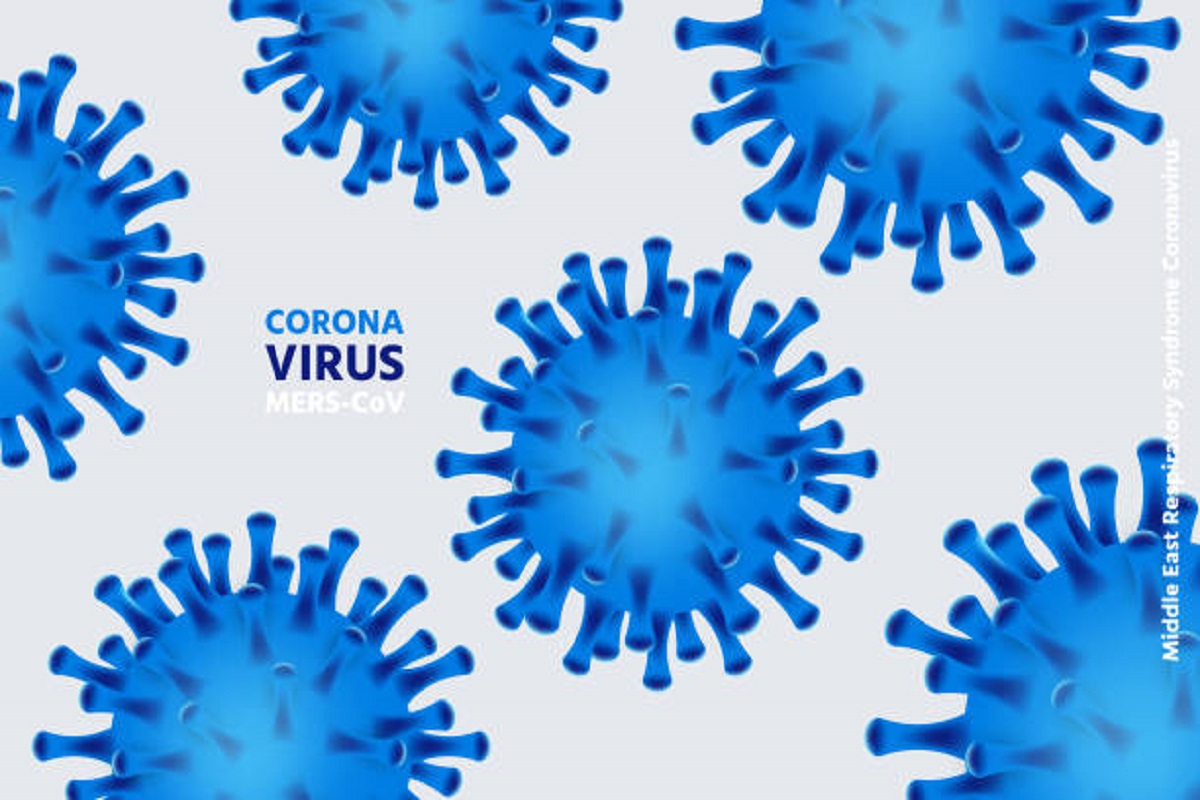My Health My Right the theme for world health day this year
World Health Day is an annual global health awareness campaign celebrated on 7 April, organised by the World Health Organization (WHO).
This was the most upbeat assessment ever since the UN agency declared Covid-19 as an international emergency in January 2020 and started describing COVID-19 as a pandemic three months later.

Representational Image: iStock
“We are not there yet. But the end is in sight,” WHO Director-General Tedros Adhanom Ghebreyesus told reporters at a virtual press conference.
With the new updates on covid 19 by the WHO, is the world soon looking at mask-free zones and sanitizers in daily lives becoming history?
This was the most upbeat assessment ever since the UN agency declared Covid-19 as an international emergency in January 2020 and started describing COVID-19 as a pandemic three months later.
Advertisement
So, with this assessment by the WHO, what should be the new SOPs for Covid-19? In absence of any such update from the government as of now, we have to listen to what the doctors have to suggest.
Here is what all you need to know about the infection that has killed nearly 6.5 million people and infected 606 million, roiling global economies and overwhelming healthcare systems.
Dr. Mohit Mathur, Associate Director- Critical Care Medicine, Max Hospital, Gurugram
One of the most anticipated statements since 2019 November has been finally made by the director general of WHO. Though the virus responsible will continue to live with us forever as it evolves and becomes less dangerous, we will enter into the post-pandemic phase.
In our country also, we are experiencing similar encouraging trends wherein in the last 1 month or so, the 7-day moving average of both new cases and deaths has been showing a consistent declining trend. The doctors based on their experiences in their respective practices have been discussing this but with this near validation by the WHO are feeling more confident. But this is still not a cause to lower the guard, especially for the elderly with comorbidities for whom even the mildest form of covid or any other viral infection can still be life-threatening.
Dr. Avi Kumar, Senior Consultant, Pulmonology, Fortis Escorts Heart Institute
“Covid patients are experiencing milder symptoms, lesser ICU admissions, and recovering fast. Patients don’t require hospitalization because the symptoms are milder. It is like a common viral infection being treated symptomatically. It is very difficult to say that it’s nearly the end of COVID, however, the intensity of the infection is quite low and there is a significant decline in active covid cases. But people still must follow the safety measures such as wearing masks and sanitizing their hands. Also, one must take a COVID-19 vaccine booster shot to help keep you away from getting very sick from COVID-19. It has been seen that people who are fully vaccinated against the coronavirus are relatively well-protected from serious illness and death from COVID-19.”
Dr. Vineet Arora, Director – Internal Medicine, Max Super Speciality Hospital, Shalimar Bagh
Sars cov2 virus has a natural tendency to change itself and adapt to the host environment which enables its rapid spread. We have seen the emergence of covid strains from alpha, beta, Gamma, and delta to omicron and also the sub-variants. Each has varying degrees of virulence transmissibility and immune escape potential with every successor being fitter than its predecessor in terms of disease-causing potential. Looking at this trend, it becomes hard to convince oneself of the end of this pandemic and also sounds a little premature though the prevailing strains are proving to be weaker strains in terms of mortality and morbidity
Dr. Wasim Khot, consultant for infectious diseases at Global Hospital in Parel
The greatest mistake we can make is to underestimate COVID and predict the end of the pandemic prematurely.
The virus has been unpredictable and defied many predictions. It is true that the severity of the infections has come down with new variants and post-vaccination which is the reason for optimism.
But, we should have cautious optimism and keep our guard up all time for the new covid variants but also for other emerging infections.
It’s important to continue the good practices we have followed during covid.
Dr Trupti Gilada, Infectious Disease specialist, Masina Hospital
Covid has long been endemic in most countries and currently over half the global cases come from Japan, Taiwan, and South Korea, all three being countries where the numbers were lower earlier. Even in these countries, deaths are very few.
The rollout of vaccines, and improving understanding of disease management and therapies have helped to minimize deaths and hospitalizations. To add to this, the Omicron variant which emerged late last year came as a boon with very high infectivity but being very mild in disease. This has helped make the population immune to severe infections in the future.
We are therefore certainly towards the end of one of the worst pandemics human history has seen. But we mustn’t lose focus of the finish line- ensuring 100% immunization of the high-risk population and continued testing to understand trends is now crucial.
Dr. Gurmeet Singh Chabbra, Director Pulmonology, Marengo QRG Hospital
The latest statement from WHO says “The pandemic is not over, though the end is in sight…”. After causing unforgettable damage to mankind, covid is now receding and will likely become endemic. Still cases of swine flu flare up during the rainy season and winters; some do become serious requiring ICU admissions. Similarly, covid infections would likely keep coming off and on and those unvaccinated would be at risk of serious disease. So vaccination and precautionary measures like hand hygiene, social distancing, and face masks to prevent spread would always remain the key. The covid virus has the potential to mutate and may become serious at any time this has to be always kept in mind.
Advertisement